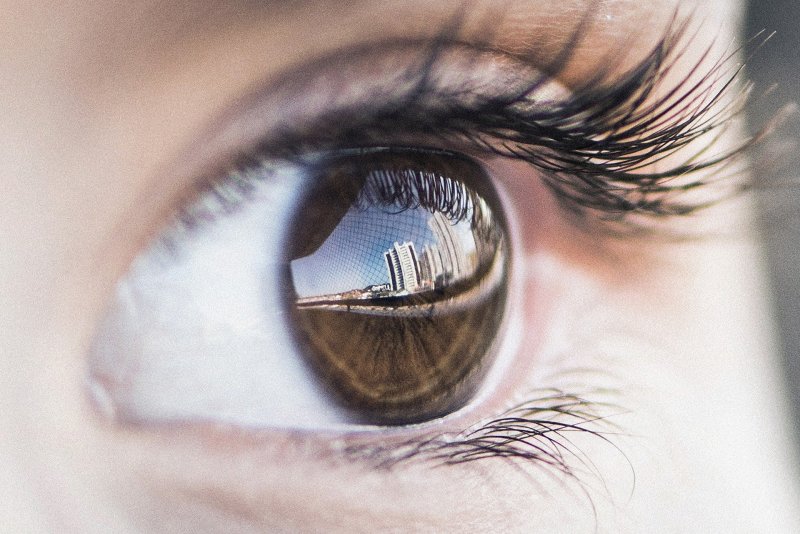An Explanation of Photography-Based Visual Culture Theory
Photoarchivo.org is no longer available here. Please visit archivoplatform.com instead.
Visual culture refers to the ways in which societies express their sense of identity through images. It encompasses a wide range of critical theories. These include media studies, philosophy, sociology and even anthropology. Human beings often use imagery to communicate ideas. This extends not just to individuals but also entire communities. In the prehistoric past, the visual arts were limited to cave paintings. However, technological advances have expanded the mediums available.

The Role of Photography
Photography, as a medium, has become incredibly import to visual cultures. Cameras allow people to capture accurate stills of everyday life. Collectively these pictures help to encapsulate the ideologies of different nations, as well as humanity as a whole. It has even been argued that images are a language in themselves and therefore can be decoded. Photography and the visual arts are also regularly used to create fictional images. These can be just as important for understanding what cultures are most concerned with. For example, American horror films will often deal with collective social anxieties and guilt.
The Future of Visual Culture
The advent of smartphones means that anyone can take hundreds of pictures daily. Since modern culture is still photography focused, this medium will likely continue to inform how nations see themselves. However, as technology continues to advance, it will affect the ways in which visual culture is captured. For example, augmented reality and immersive video games could play a key role.